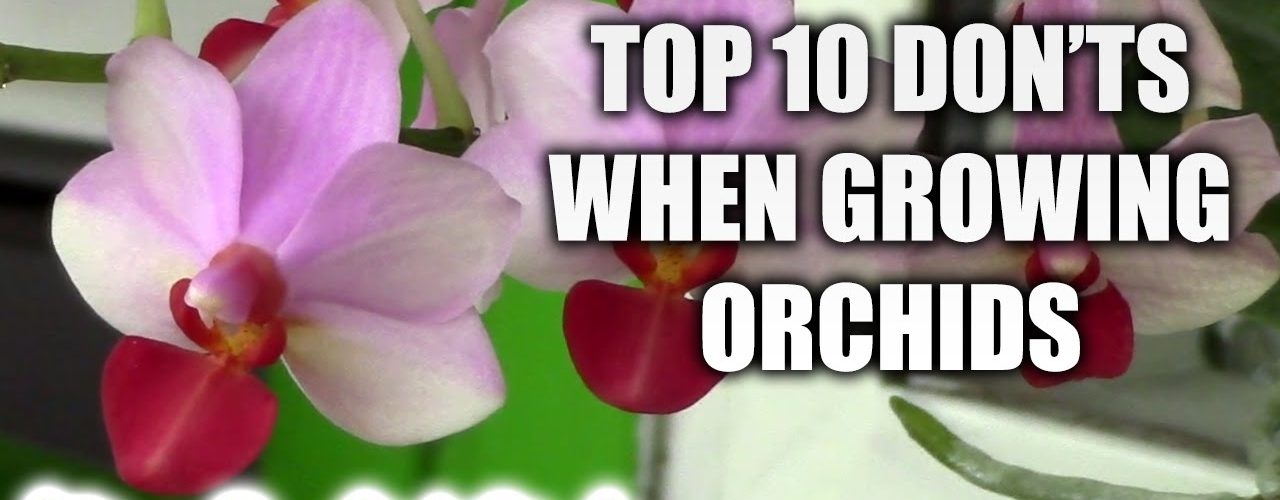In 1818 England, the flowering of a plant, known today as the orchid, raised quite a sensation. It is told that a Mr. William Cattley grew new plant material with tropical plants sent to him from South America. When one of the plants flowered, it was shown to botanist John Lindley. He named this exquisite plant Cattleya labiata, for Mr. Cattley, but also for the exotically lovely tip of the flower. Word got around, and the British upper class soon began importing the delicate beauties from the tropics by the ton. The elegant orchid, in some locales, became rare or even extinct in this rush to quench the desire for prized specimens which were then rightly perceived to be a “rich man’s plant.” Today, thanks to modern propagation methods, orchids are no longer a hobby exclusively for the wealthy. These modern methods allow growers to enjoy orchid plants at a reasonable price.
Despite the exotic history and unique appearance, the orchid can flourish as a house plant or in the garden. Typical of any plant, an orchid needs water, fertilizer, light and air. Orchids can be grown as easily as any other ornamental plant in your garden or indoors.
Watering your Orchid
With all plants, overwatering is much more damaging than underwatering. Overwatering will cause the roots to rot, and the plant will lose its ability to take in nourishment. You should water your orchid with lukewarm water and drip the water from the top down. Continue watering until the water drips out from the drainage holes. Additionally, water your orchids only in the morning on sunny days.
Fertilizing your Orchid
Orchids need to be fertilized at regular intervals. Growers suggest using a balanced fertilizer mixture such as a 20-20-20 which includes all necessary trace elements. However, generally speaking, you can use any fertilizer used for your other plants. Orchids, like most plants, are better off being fertilized too little rather than too much. Some growers recommend a method of fertilizing with a very weak solution, ¼ of full strength weekly, rather than a full dose once a month. This is called a “weakly weekly approach.” Be careful not to fertilize a dry plant as fertilizer can burn the dry roots. Water the orchid first then apply the fertilizer mixture.
Repotting
Orchids need to be repotted when the potting mix breaks down or if it outgrows the pot. Re-pot according to the bottom of the plant, the root system, rather than the foliage on the top. Orchid pots should be open with excellent drainage, yet capable of holding sufficient moisture to support the plant’s needs.
Light and Air
Without enough light, orchids may produce robust-looking growths but no flowers. In orchids, the most common reason for failure to bloom is not enough light. Leaf color indicates if the amount of light is adequate. Most often desired in other houseplants, the deep dark green of the leaves is not a good sign in orchids. Their leaves normally should be a lighter grassy green color, light to medium green with a hint of yellow.
In addition to light requirements, orchids also need certain air conditions to flourish. Orchid plants do not grow well in a stale and stagnant environment. They do best when there is gentle air movement at all times. For outdoor orchids, normal air movements are sufficient. For indoor orchids, this air movement can be provided by an overhead or oscillating fan pointed away from the plants.
With these few suggestions for the proper care of this exotically lovely plant, you can provide the nurturing environment in which your orchid plants can flourish and bloom.



